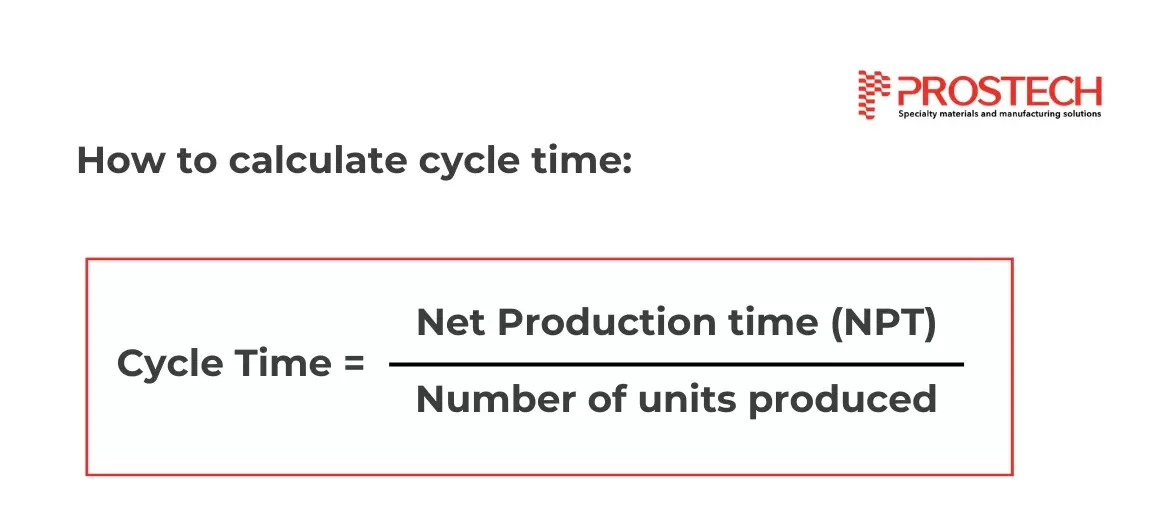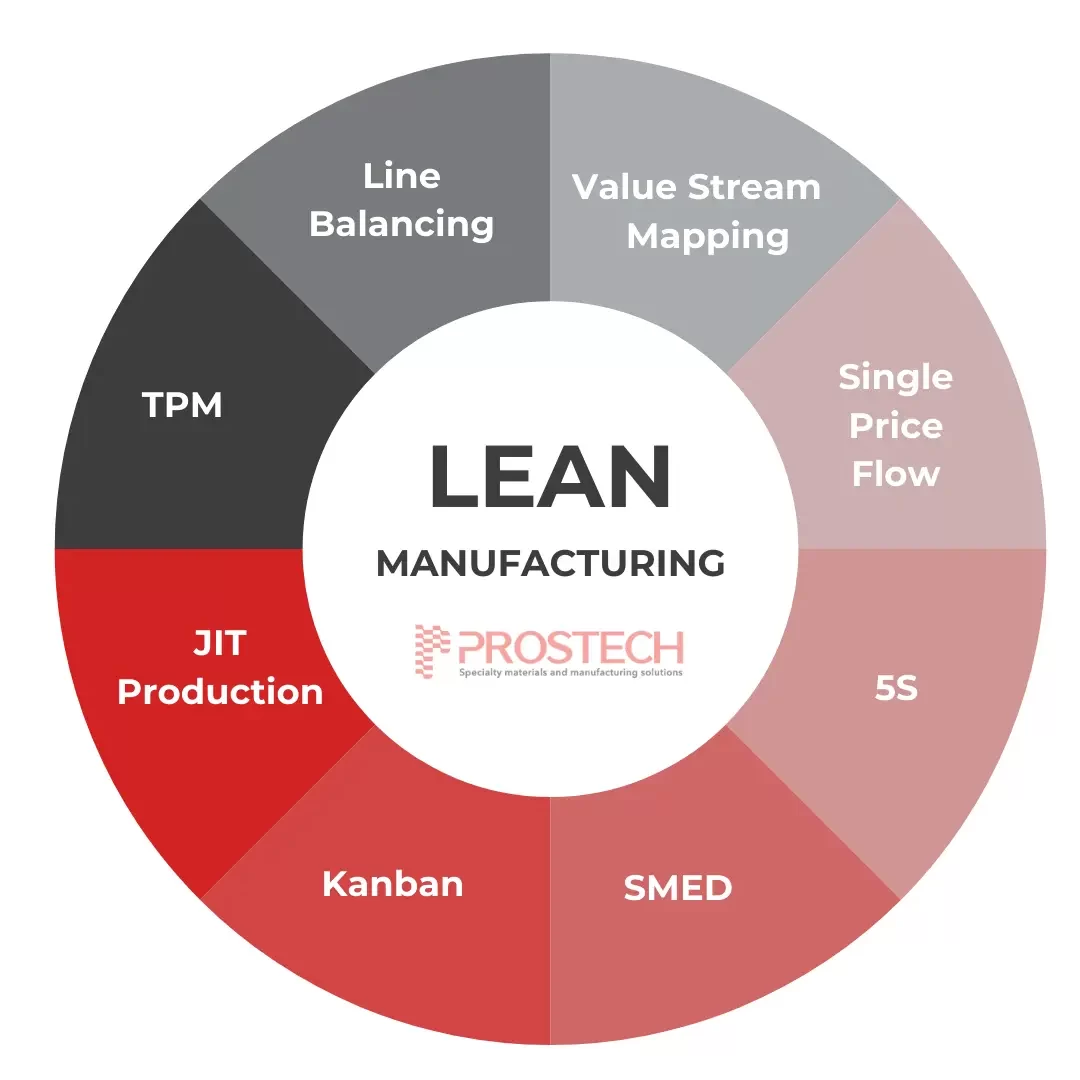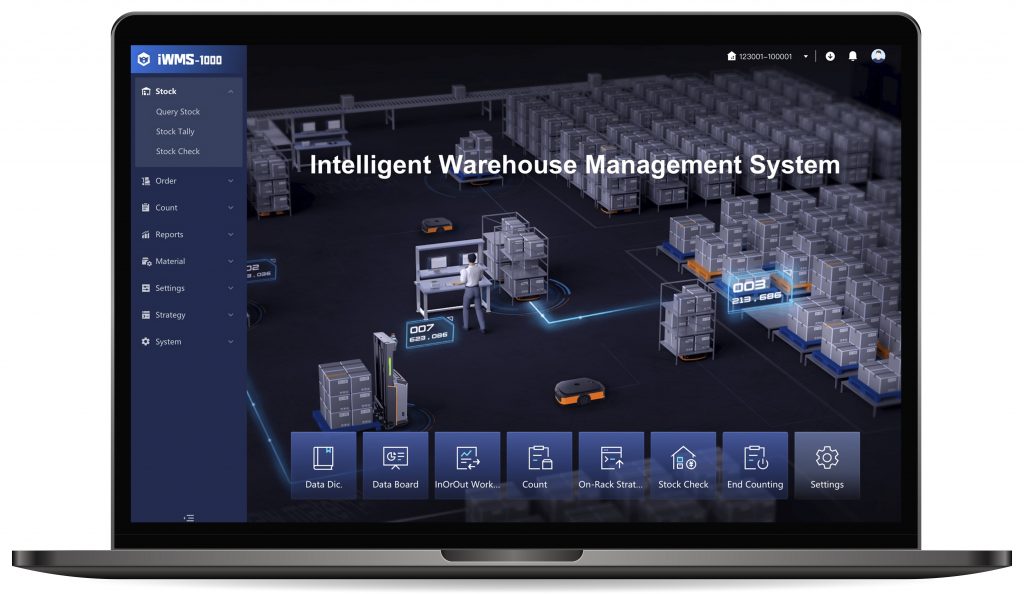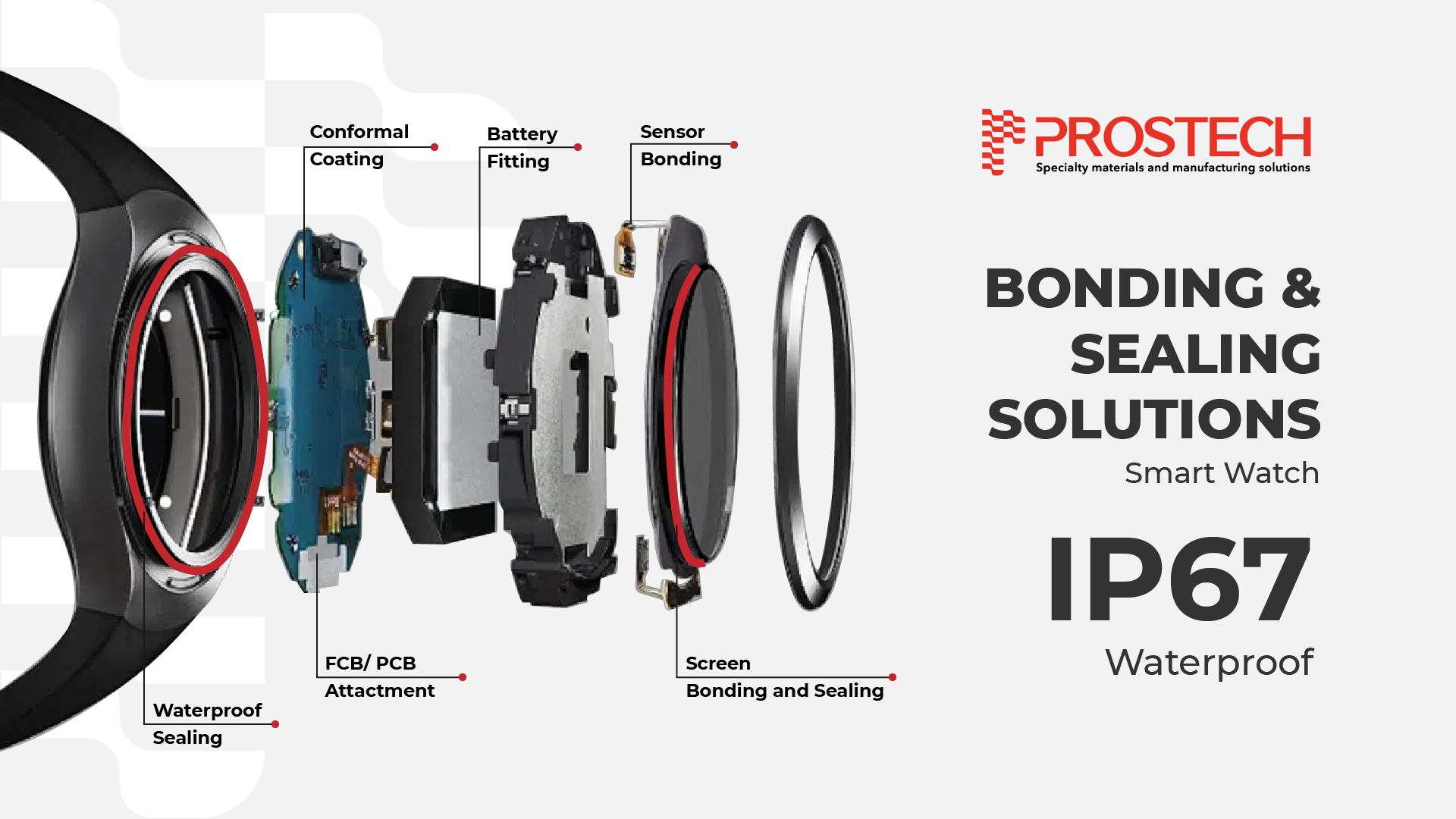In an increasingly competitive industry, time management in manufacturing is not only an important factor but also a decisive factor for the success of businesses. Instead of basing time on hours and days as in other fields, the manufacturing industry measures time by product cycle time – the time it takes from the time a product is conceived to its completion, including sourcing raw materials, testing, manufacturing and packaging. Optimizing cycle time not only helps businesses improve production efficiency, but also reduces costs and increases competitiveness in the market.
This article will help you understand cycle time, how to calculate cycle time, give an example and suggest solutions to shorten cycle time and improve production.
What is Cycle Time (C/T)?
Cycle Time is the amount of time it takes to complete a unit of product from the start of the manufacturing process until it is completed. Cycle time is an important indicator in production management, helping to measure process performance and identify areas for improvement.


How to calculate cycle time
Basic formula


Factors affecting cycle time (Cycle Time)
- Takt Time: The time between production stages
- Machine Performance: The speed and performance of equipment and machinery.
- Setup Time: The time required to set up machinery and equipment before production begins.
- Product Quality: Unsatisfactory products can increase cycle times due to rework or repair.
Cycle time calculation example
To calculate cycle time in a manufacturing plant, it is important to clearly identify the specific process you want to analyze. For example, if you consider a production line that produces 100 products in 10 hours, and the first product enters the process at 6:00 a.m. and the last product leaves at 4:00 p.m., you can calculate the cycle time as follows:
- Record the time the first product enters the process (6:00 AM) and the time the last product leaves the process (4:00 PM).
- Determine the total number of products produced in a 10-hour shift (100 products).
- Calculate the processing time by subtracting the time the last product leaves the process from the time the first product enters the process, which is 10 hours.
- Divide the total processing time (10 hours) by the number of products produced (100 products), and you will get a cycle time of 0.1 hour or 6 minutes per product.
=> Cycle time = 10 hours/100 products = 0.1 hour/product = 6 minutes/product
Benefits of Cycle time calculation
Calculating and improving cycle times brings significant benefits to businesses:
- Increased productivity: More products are completed in the same amount of time.
- Reduced costs: Less wasted time and resources.
- Improved quality: More efficient manufacturing processes often lead to better quality products.
- Increased competitiveness: Faster and more efficient production helps businesses compete better in the market.
Read more: Optimize production costs without affecting product quality?
Methods for improving cycle time
To improve cycle time, there are various methods manufacturers can adopt the following techniques and strategies:
Streamline the entire production process
The first step to reducing cycle time is to analyze and evaluate the current manufacturing process, map out the steps in the process, and identify those stages that are time-consuming or inefficient.
Read more: Common Adversities in Production line and how to solve them
Once the stages that need improvement have been identified, establishing standardized processes for each step helps to minimize problems that arise when applying the process and ultimately reduces production time.
Manufacturers can apply lean manufacturing principles to streamline production processes:


Lean Manufacturing is a management approach that focuses on optimizing production processes through the elimination of waste and continuous improvement. By applying principles such as Kaizen (continuous improvement), 5S (sort, set in order, shine, standardize, sustain the cycle), and Just-In-Time,… Lean Manufacturing helps businesses increase efficiency, reduce costs and production time, thereby improving product quality and competitiveness in the market.
Employee training and improve internal communication
Employee Training: Employees need to be properly trained in the production process and understand their role in improving quality and efficiency. Encourage employees to identify opportunities for improvement and suggest changes. Managers can conduct periodic training sessions, provide instructional materials, and encourage continuous learning.
Improve Internal Communication: Improve communication channels between departments and divisions to improve efficiency. Ensure everyone is informed of any changes or improvements in production processes to reduce confusion and increase operational consistency.
Applying information technology and production management software
Smart manufacturing management systems provide performance insights that help identify weaknesses and opportunities for improvement. Applying information technology will enhance the ability to monitor, analyze, and manage manufacturing processes. Operators can implement ERP (Enterprise Resource Planning) and WMS (Warehouse Management System) systems to manage resources and manufacturing operations more efficiently.


Automation and Robots
Adopting modern technology such as automation and robotics can help reduce cycle times by minimizing human intervention, increasing accuracy and production speed. Manufacturers can invest in industrial robots, production line automation systems, etc. to operate continuously, minimize errors and increase production speed.
Read more: Automated Guided Vehicles (AGVs) and Elements included in one system
With many years of experience, Prostech provides automation solutions for many manufacturing industries including electronics, automobiles and auto parts, medical, aviation, etc. With a team of well-trained and experienced technicians, we are confident in providing our customers the most professional and complete solutions and services.
Contact Prostech today for a free consultation to reduce cycle times and optimize your manufacturing processes!









